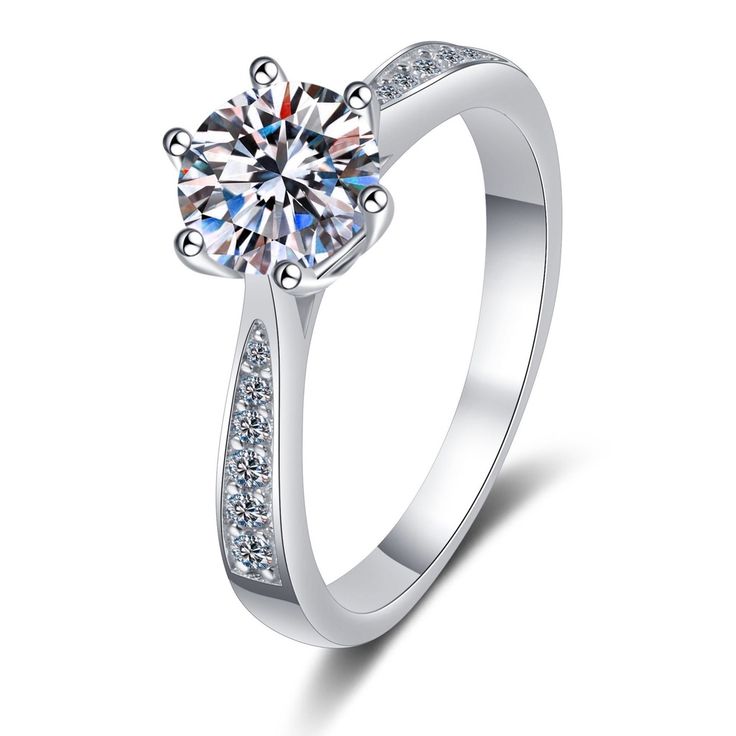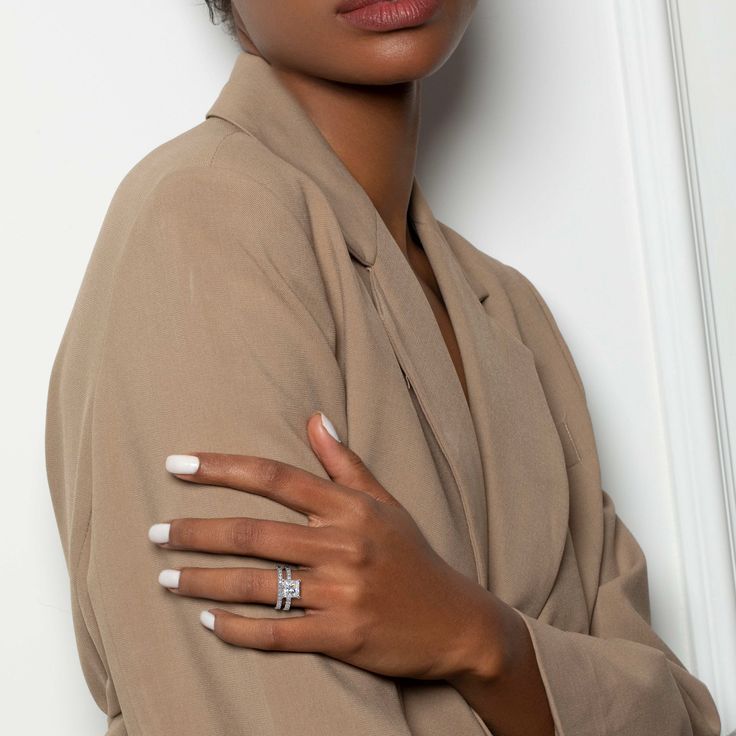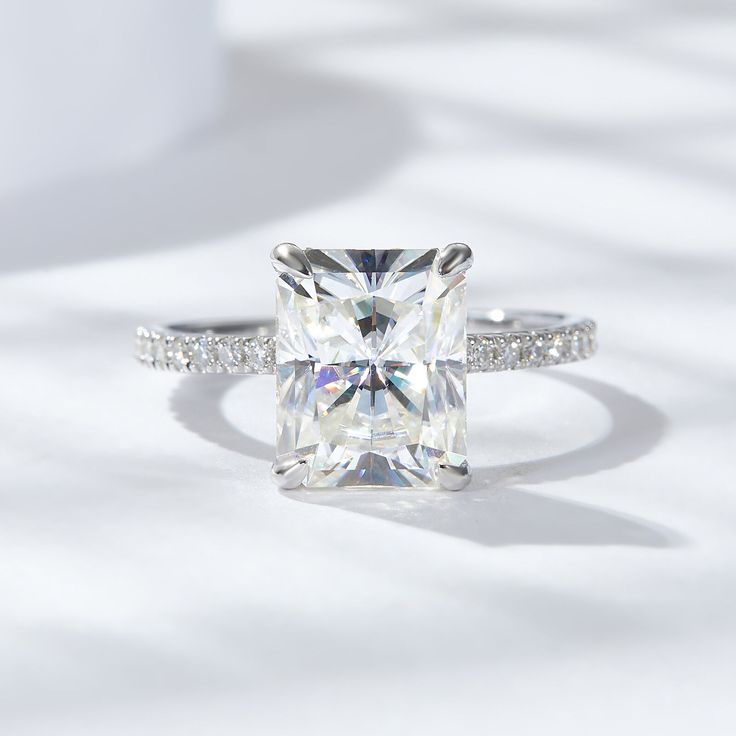Factors Influencing Wedding Ring Costs
Choosing the right wedding ring is a major decision. It involves both emotions and finances. Understanding the factors that affect the ring’s cost can help you make a wise choice. How much to spend on a wedding ring? The price of a wedding ring can vary widely. This variation is due to several factors, including market trends, personal preferences, and financial situations. Let’s explore two main factors: national average costs and your personal financial situation.

National Average Costs
It’s useful to know what others typically spend on a wedding ring. The Knot’s 2023 Real Weddings Survey hints at a national average of $5,500. But remember, this is just an average. Some spend less, and others spend more. The type of ring, materials used, and brand can affect this cost. Don’t let averages dictate what you spend. Instead, use them as a starting point to understand the market.
Personal Financial Situation
Your budget should reflect your unique financial situation. Take a close look at your earnings, savings, and expenses. Decide what you’re comfortable spending without risking debt. Don’t compare yourself to others. Stick to what works for you. If needed, explore financing plans, but be careful with interest rates. Your choice should feel right for you, not just your wallet. Remember to consider future financial goals when setting your budget. This helps you enjoy your ring guilt-free, knowing your finances are in order.
Setting a Realistic Budget for Your Wedding Ring
Setting the right budget for your wedding ring is crucial. It ensures that you meet your financial needs without compromising on the symbol of your love. Below, we’ll explore how to understand your financial limits and consider aspects beyond just the price tag.
Understanding Your Financial Limits
First, assess your current financial status. Look at your income, savings, and monthly expenditures. Decide on a maximum amount you can comfortably spend on a ring. Avoid setting a price that requires going into debt. Remember, the focus is your long-term financial health, not just the immediate cost.
Consider other upcoming expenses too. These might include your wedding, a honeymoon, or even home improvements. Make sure the ring’s cost doesn’t hinder these future plans.
Considerations Beyond the Price Tag
Think about future costs linked to the ring, such as maintenance, or resizing. These can add up. It’s important to factor these into your initial budget. Choose a ring that is not only beautiful but also practical for lifestyle and work.
Don’t overlook alternatives that might offer better value. For example, consider rings on sale or explore payment plans with low interest. Sometimes, choosing a less traditional ring can yield significant savings.
In conclusion, setting a realistic budget for a wedding ring involves understanding your financial limits and considering long-term costs. By focusing on what you can afford, you can select a ring that symbolizes your love without burdening your finances.
Engagement Ring Budgeting Theories
In setting a budget for an engagement ring, it’s vital to consider various theories. Knowing different budgeting models can guide you through the financial decision.
Traditional vs. Modern Spending Guidelines
Traditionally, it was once suggested to spend two months’ salary on an engagement ring. This guideline aimed to ensure a significant investment in this lifelong symbol of love. However, modern thinking challenges this old rule. Nowadays, more couples focus on their unique financial situations. They consider their income, savings, and lifestyle when setting a ring budget. It’s more about finding a balance between a ring’s cost and your financial health.
Debunking the Two Months’ Salary Myth
The two-month salary rule is outdated. It does not fit everyone’s financial situation. Many now see it as a marketing strategy rather than a practical guideline. Instead of following this rule, look at your total financial picture. Evaluating your expenses, debts, and savings is the key. From there, set a budget that aligns with your financial goals. This modern approach favors a personalized budget over a one-size-fits-all rule.

Choosing Between Diamond Types
When deciding on a wedding ring, the diamond type is crucial. This choice affects both the ring’s cost and aesthetics.
Comparing Lab-Grown and Natural Diamonds
Choosing between lab-grown and natural diamonds is important. Lab-grown diamonds are more budget-friendly and environmentally kind. They mirror the properties of natural diamonds but come at a lower cost. Natural diamonds, sourced from the earth, often carry a higher price due to their natural origin. Consider what matters more to you: the diamond’s origin or the price.
Significance of the Four Cs in Diamond Selection
The ‘Four Cs’ — cut, color, clarity, and carat — help determine a diamond’s value. A well-cut diamond will have more sparkle, while color and clarity affect its appearance. Higher carat means a larger stone. Choose a balance of these factors based on your budget and preference.
Shopping Tips for Wedding Rings
Shopping for wedding rings can be stressful. But, with the right tips, you can save money and find the perfect ring. Here are some shopping strategies to consider.
When to Look for Sales and Discounts
Jewelry sales can help you save on a wedding ring. Look for holiday sales like Black Friday. Ask jewelers about upcoming sales too. End-of-season clearance events are also good times to shop. Plan your purchase around these times for the best deals.
Comparing Prices and Negotiating Deals
Always compare prices before buying. Check different jewelers and online stores. Don’t be afraid to negotiate with jewelers. Many expect buyers to haggle over prices. It’s possible to get a lower price if you bargain. Remember, prices can be flexible, especially at independent stores.

Alternative Ring Options
When selecting a wedding ring, exploring alternative options can provide both unique aesthetics and cost savings. Non-traditional choices often carry their own special charm and can be more aligned with personal tastes or values.
Non-Diamond Gemstones Choices
Opting for gemstones other than diamonds is an increasingly popular trend. Here’s why:
- Budget-friendly: Gemstones like sapphires, emeralds, or rubies can be much less expensive than diamonds.
- Unique appeal: A non-diamond ring stands out because it’s not the usual choice.
- Color variety: Gemstones come in various colors, offering more personalization to reflect individual styles.
- Symbolism: Some gemstones have meanings or significance that may resonate with couples.
Before choosing, it’s important to research gemstone durability. Some stones are softer and need more care.
The Charm of Vintage or Antique Rings
Vintage or antique rings offer a peek into the past with their timeless designs:
- Cost-effective: They can be more affordable than new rings, often offering better value.
- Distinctive styles: Vintage rings have unique details not found in modern designs.
- Sustainability: They are an eco-conscious choice, as no new mining is required.
- Historical value: These rings often have fascinating backstories to treasure.
Ensure to check for any needed repairs or restorations on vintage rings to avoid extra costs.
In conclusion, alternative ring options like non-diamond gemstones and vintage rings offer budget flexibility and unique charm. They allow couples to express their individuality while also being mindful of their finances.
Financial Planning Beyond the Ring Purchase
When budgeting for a wedding ring, it’s key to think long-term. Your financial choices now affect future opportunities. Consider aspects like home ownership, travel, or starting a family. Allocating funds wisely can secure a stable financial foundation for newlyweds.
Investing in Experiences Over Things
Experiences often yield more happiness than material goods. Money saved on the ring could fund memorable events. These might include a dream honeymoon, adventures, or cultural experiences. The value of shared experiences can surpass that of an expensive ring.
Long-term Financial Effects of Ring Spending
Spending less on a ring has long-term benefits. It opens up options for investments or savings. Money not spent on a ring can go towards retirement accounts, emergency funds, or education. Such financial security can provide peace of mind in a marriage.